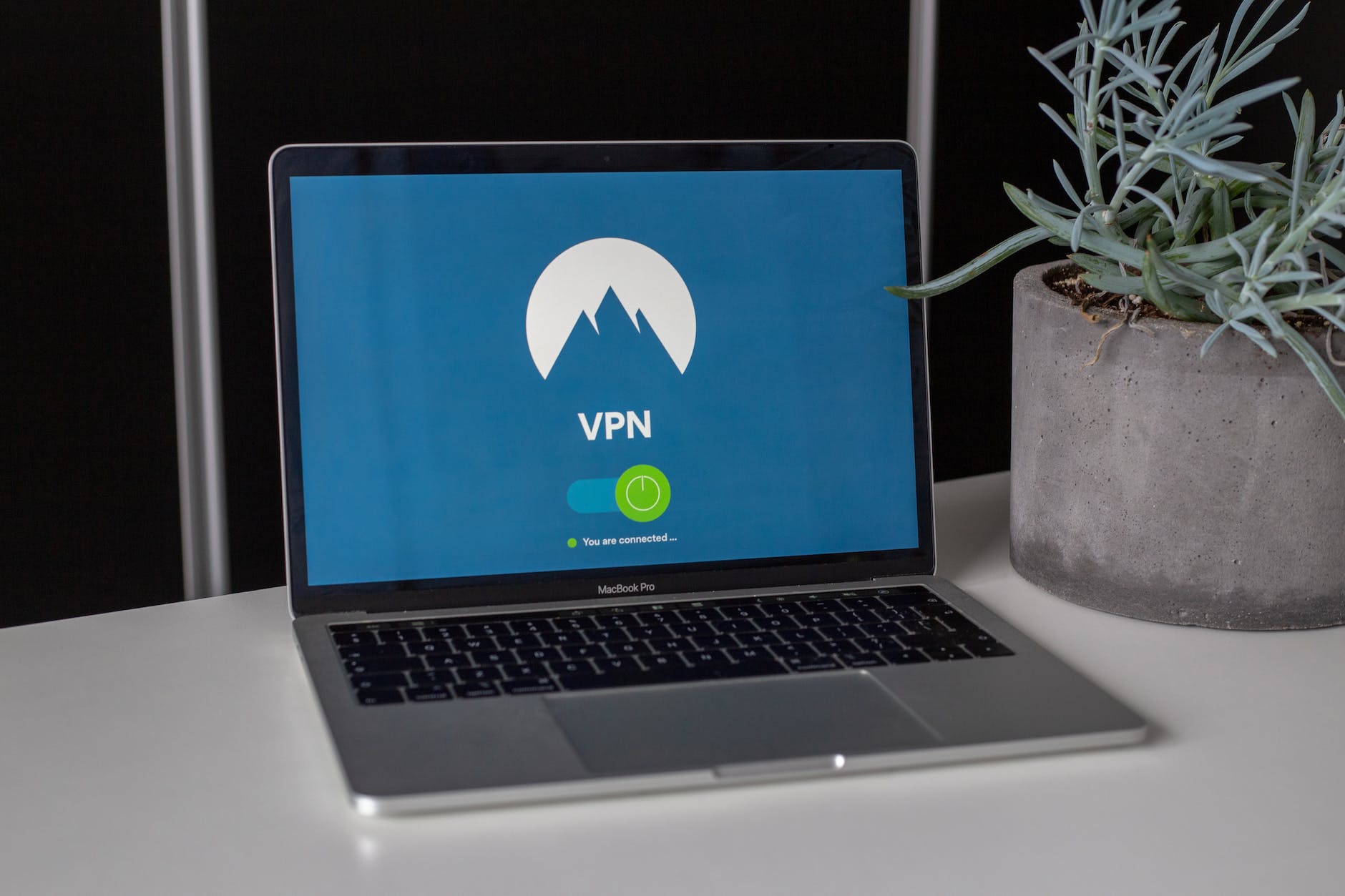How to Secure Your Remote Workforce
As more and more businesses adopt remote work policies, it’s becoming increasingly important for companies to ensure the security of their remote workforce. With employees accessing sensitive information and company networks from a variety of locations and devices, the risk of cyberattacks is on the rise.
In this blog post, we’ll take a closer look at the key security challenges faced by remote workers, and provide some practical tips and best practices for securing your remote workforce.
One of the biggest challenges of remote work is the lack of physical security controls. With employees accessing company networks and resources from home or other unsecured locations, it can be difficult to prevent unauthorized access or data breaches. To mitigate this risk, companies should implement secure remote access solutions such as Virtual Private Networks (VPNs) and Two-Factor Authentication (2FA) to ensure that only authorized personnel have access to company resources.
Another key challenge is the risk of phishing and other types of social engineering attacks. These types of attacks often target remote workers, who may be more likely to fall for scams or click on malicious links while working outside of a secure office environment. To protect against these threats, companies should provide regular security awareness training for remote employees, and implement email filtering and anti-phishing solutions to prevent malicious emails from reaching employees’ inboxes.
Ensuring the security of company-owned devices used by remote employees is also crucial. This can include implementing endpoint security solutions such as anti-virus and anti-malware software, as well as setting up device management solutions to help you monitor and manage the security of these devices remotely.
Lastly, it is important to have an incident response plan in case of a cyber-security incident, it helps to quickly and effectively identify, contain, and resolve security incidents, it is also important to conduct regular security assessments and penetration testing to ensure that your remote workforce is as secure as possible.
In conclusion, securing your remote workforce is a crucial aspect of modern business operations, but it does require ongoing effort and attention. By implementing secure remote access solutions, providing regular security awareness training, securing company-owned devices, and having a proper incident response plan in place, you can keep your remote employees safe from cyber threats and minimize the risk of data breaches.
Don’t hesitate to contact us for more information on how we can help you secure your remote workforce and ensure the safety of your company’s sensitive data. Whether you need help with VPNs, security awareness training, incident response planning, or anything else, we’re here to help.


